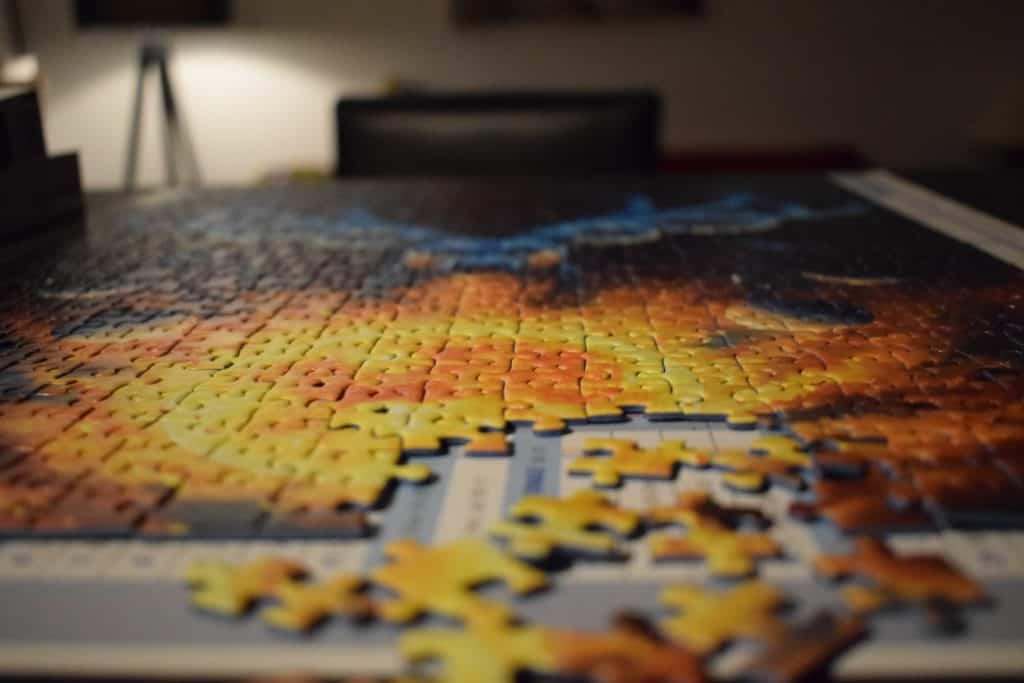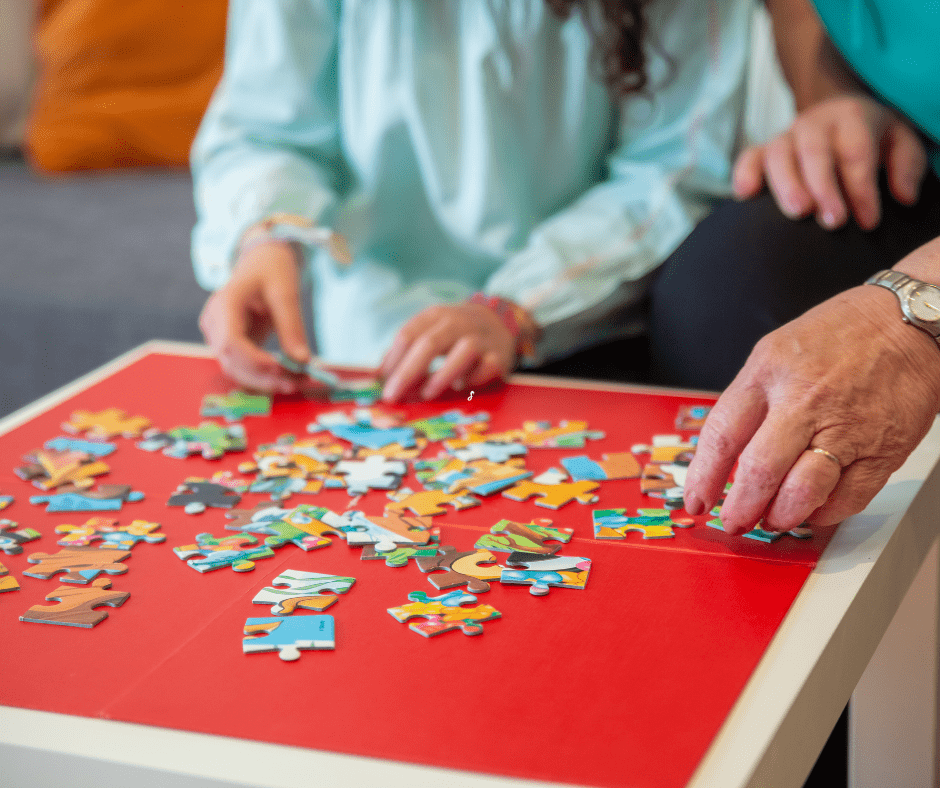Do you enjoy spending an afternoon piecing together a beautiful jigsaw puzzle? If so, you’re in good company! Jigsaw puzzles have been around for centuries, and their popularity has only grown over time. But why are they called jigsaw puzzles? Where did this popular pastime come from? In this blog post, we will explore the history of jigsaw puzzles and find out why they are so beloved by people all over the world.
History of Jigsaw Puzzles: Why are They Called Jigsaw Puzzles?
Jigsaw puzzles are a popular pastime for people of all ages. But where did this popular game come from? And why are they called jigsaw puzzles?
The history of jigsaw puzzles can be traced back to the early 1700s when European mapmakers started using a new technique to create more accurate maps. They would cut out pieces of wood in the shape of countries or regions and then fit those pieces together like a puzzle. This method was called “dissected maps” or “dissected geography.”
The first known person to use this technique for entertainment, rather than map making, was John Spilsbury. Spilsbury was an English cartographer and engraver who lived in the mid-1700s. He is credited with creating the first jigsaw puzzle for entertainment purposes.
Spilsbury mounted a map of England on a sheet of wood and then cut out each county with a saw. He then gave these puzzles to his students as a way to help them learn geography. The students loved the challenge of piecing the puzzles back together, and word of these “dissected maps” soon spread.
By the early 1800s, jigsaw puzzles were becoming a popular pastime for people of all ages in Europe. And by the mid-1800s, they had become a popular form of entertainment in the United States as well.
Why are They Called Jigsaw Puzzles?

Jigsaw puzzles get their name from the saw-like tool that was originally used to create them. In the 18th century, European mapmakers would use thin wooden boards to cut out intricate shapes from larger maps. They would then fit the pieces back together to make sure that all of the lines matched up correctly. Early puzzles were usually made by hand, which made them quite expensive. But as puzzle-making became more mechanized in the late 1800s, jigsaw puzzles became more affordable and accessible to the masses.
These puzzle makers soon began using their skills to create other designs, including portraits and landscapes. Eventually, the puzzles became so popular that they were mass-produced and sold commercially. And so, the jigsaw puzzle was born. Today, we may use different methods to create jigsaw puzzles, but the end result is still the same: hours of fun and satisfaction.
Why do people like jigsaw puzzles?

Jigsaw puzzles are a fun and challenging way to spend some time. They are also a great way to bond with family and friends. And for some people, jigsaw puzzles can even be therapeutic. Studies have shown that working on a jigsaw puzzle can help reduce stress, improve your mood, and boost your brain power.
So, the next time you’re looking for a fun way to pass the time, why not try working on a jigsaw puzzle? You may be surprised at how much you enjoy it!
Different types of jigsaw puzzles
Wooden Puzzles:
Wooden jigsaws are the most traditional type of jigsaw puzzle, and they are usually made from plywood or solid wood. Wooden jigsaw puzzles are classic and timeless, and they can be quite beautiful.
3D Puzzles:
As the name suggests, 3D puzzles are three-dimensional puzzles. They usually consist of a series of interlocking pieces that you must assemble to create a shape or figure. 3D puzzles can be quite challenging, and they make for a great decoration once you’ve completed them.
Magnetic Puzzles:
Magnetic puzzles are a type of jigsaw puzzle that uses magnets to hold the pieces in place. They can be great for kids, as they are less likely to lose pieces. And some people find that the magnets help them focus while they are working on the puzzle.
Photo Puzzles:
Photo puzzles are a great way to turn your favorite photos into a fun and challenging jigsaw puzzle. You can use your own photos or find puzzles that feature famous landmarks, scenic landscapes, or popular artworks.
Shape Puzzles:
Shape puzzles are a type of jigsaw puzzle that is designed around a specific shape. The pieces of the puzzle must be put together to create the shape. These puzzles can be quite challenging, and they are often used as educational tools to teach children about shapes.
Floor Puzzles:
Floor puzzles are a type of jigsaw puzzle that is meant to be worked on while you are seated on the floor. They are usually large in size, and they can be quite challenging. Floor puzzles are a great way to get the whole family involved in the fun.
Travel Puzzles:
Travel puzzles are small in size, so they are easy to take with you on the go. They are also often themed around travel or different landmarks. Travel puzzles can be a great way to pass the time while you are waiting at the airport or on a long car ride.
Cardboard Puzzles:
Cardboard puzzles are made from, you guessed it, cardboard! They are usually less expensive than other types of jigsaw puzzles, and they can be recycled when you are finished with them. Cardboard puzzles can be a great option if you are looking for an eco-friendly option.
Jigsaw puzzles are a fun and challenging way to spend some time. They can also be therapeutic, helping to reduce stress, improve your mood, and boost your brain power. So why not try working on a jigsaw puzzle the next time you’re looking for a fun activity? You may be surprised at how much you enjoy it!

